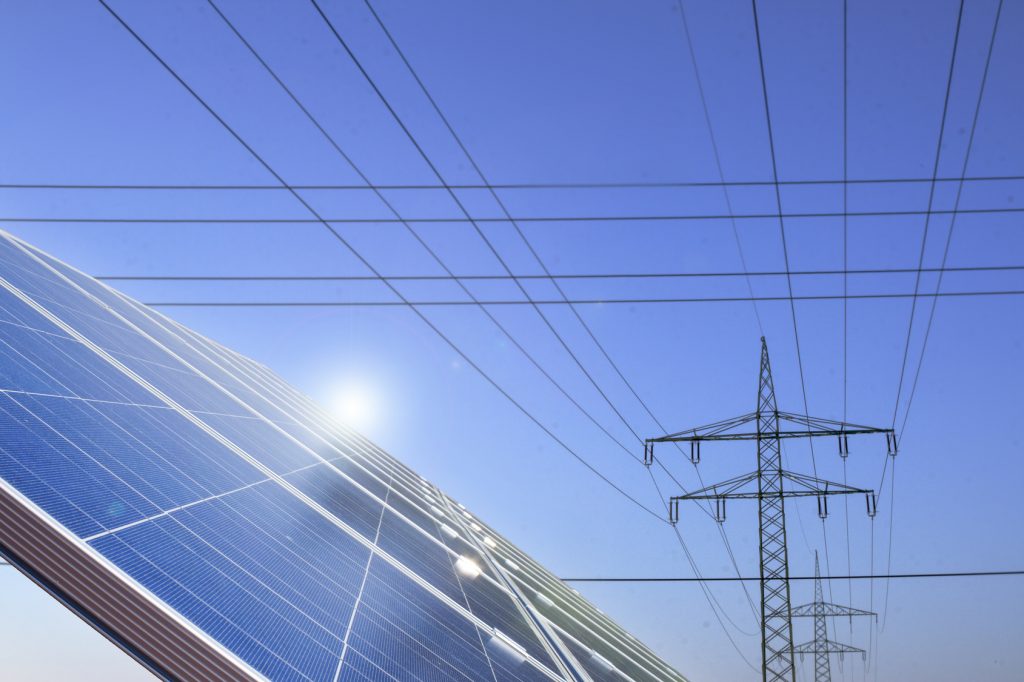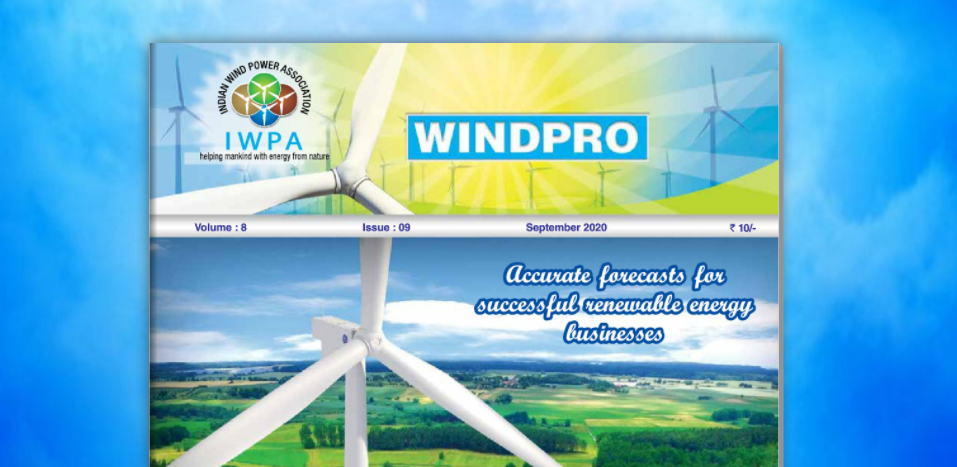Predictive congestion management for Redispatch 2.0
On October 1, 2021, far-reaching changes for the grid integration of renewable energy sources in Germany will come into force through the new “Redispatch 2.0”. These changes are part of the 2019 amendment to the “Transmission System Expansion Acceleration Act” (NABEG). As a result, grid operators will be faced with new tasks in which forecasts play an important role.
Planned redispatch in the event of grid congestion
With redispatch, a grid operator who expects a congestion can adjust the generation capacity of the connected plants. While redispatch measures have so far only been carried out for conventional power plants with an installed capacity of 10 MW or more, in the future producers of all energy sources with a nominal capacity of 100 kW or more (and even smaller plants for some) will be affected. The feed-in management (Einspeisemanagement or short EinsMan), which has been the instrument for regulating renewable energy plants up to now, will thus be replaced.
In contrast to the previous feed-in management, Redispatch 2.0 requires predictive congestion management. Grid congestions are to be recognized ahead of time and resolved by planned redispatch. Ideally, the early detection of network bottlenecks can prevent curtailments of wind and solar plants, as redispatch measures can be carried out through conventional power plants or consumers.
New need for forecasts by distribution system operators
The central role in Redispatch 2.0 is played by the distribution system operators to which most renewable energy plants are connected. They are responsible for recognizing potential congestions and flexibility potentials by forecasting the grid status and for carrying out the redispatch measures at the connected plants. A further task is the coordination with other (upstream) grid operators, because redispatch measures of the connected plants may also be necessary in case of congestions in their grids.

For these tasks the distribution system operators have to combine forecasts of all generation and consumption. This includes
- Weather-dependent generators (variable renewable energy: wind energy, solar energy)
- Conventional power plants, CHP and biogas plants, run-of-the-river, storage
- Load forecasts of the consumption
The respective forecasts are either provided as planning data by the plant operators (especially for larger producers) or by the distribution system operators themselves. This can also be done in aggregated form, for example in the case of generation from distributed small plants. From the individual forecast time series, forecasts of the power flows are then generated at grid node level in order to identify congestions.
enercast supports grid operators in the implementation of Redispatch 2.0 by providing plant and node-level forecasts. enercast has many years of experience in power forecasting for renewable energies using physical models and artificial intelligence. Due to a variety of interfaces the integration into existing system landscapes is possible without any problems.
Learn more in our webinar on November 04, 2021
In our German-language partner webinar “Komplettlösung für den Redispatch 2.0” on November 04, 2021, enercast an iS Software will present their joint solution and answer your questions. Register now for free.
Sign up for our newsletter
Did you like our blog post and want to receive regular updates on renewable energy performance forecasting? Then the best thing to do is sign up for our newsletter right now..


 Back to overview
Back to overview 

